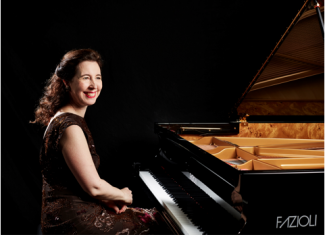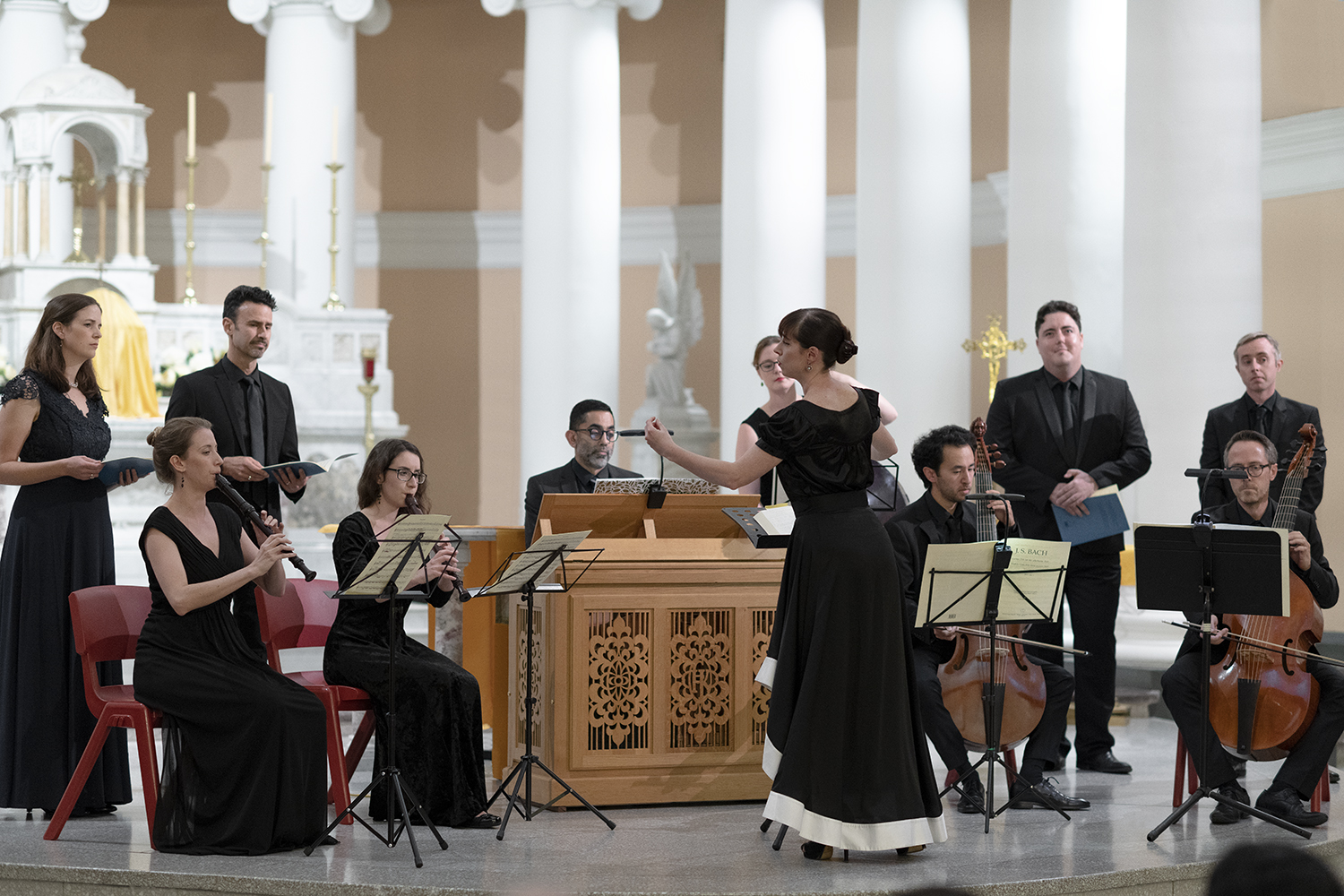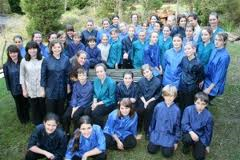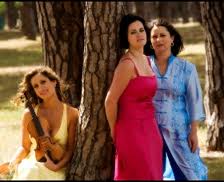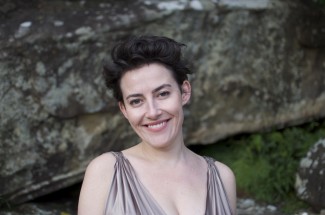Concert Review: Angela Hewitt/ Musica Viva
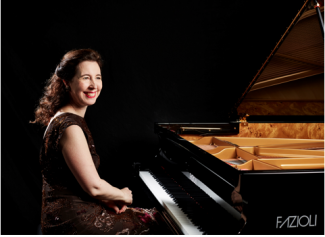
Angela Hewitt
Music Viva
City Recital Hall, May 8, 2017
In August 2016 Angela Hewitt embarked on a Bach Odyssey. Her mission was to perform all the major keyboard works of J.S. Bach over 4 years, in a series of 12 recitals. Daniel Barenboim performed the piano works of Beethoven and Eliot Gardiner with his ensemble, took on the sacred choral works of JS Bach as their odysseys. Hewitt will perform the complete cycle of Bach in London, New York, Ottawa, Italy, and Tokyo; however, she has promised that there will be many other concerts along the way.
One of those took place in Sydney this week where, under the auspices of Musica Viva, Angela Hewitt played the music of JS Bach, D Scarlatti, Ravel and Chabrier, performing on her choice of grand piano, the Italian Fazioli. Although not explicitly stated, Hewitt’s programme was infused with ideas related to dance and she filled the City Recital Hall with the vibrancy of these rhythms and her unparalleled playing.
The music of Bach may well be coded into Hewitt’s DNA. Her fame arose on winning the International Bach Piano Competition in Toronto in 1985. She was the child of a cathedral organist and a music teacher; she played Bach from the time she started to learn the piano as a toddler and she sang his music at church. Hearing her play this music is a singular privilege.
The first half of the concert was taken up with two of JS Bach’s keyboard partitas – No1 in B flat major BWV 825 and No 4 in D major, BWV 828. After a graceful opening Praeludium of the Partita No1 Hewitt created a palpable sense of movement in the dance forms of the ensuing movements. Sprightly rhythms, delicate ornamentation and exquisite phrasing emerged as she wove through the lines of counterpoint. There was a total evenness of line as one hand, indistinguishably took over the subject from the other; the Sarabande was especially beautiful – stately and polished; the final Gigue, an agile romp to the end.
Following this was the longer Partita No 4 in D major BWV 828 which Hewitt introduced with majestic rolling phrases and a cascading fugue. This partita is replete with contrasting moods from the deeply expressive Allemande and the levity of the Courante heading relentlessly to the Gigue, luxurious in counterpoint.
The second half of the programme featured 5 short sonatas in major keys by Domenico Scarlatti (Kk491 and 492 in D major, Kk 377 in B major, Kk 380 in E major and Kk 24 in A major), eloquently performed, showcasing the differences and similarities between the two contemporaries, JS Bach and D Scarlatti.
Pivoting on the French style Ouverture of the Partita No 4, Hewitt looked to Ravel and Chabrier for her final two items – Ravel’s Sonatine, shimmering with brilliance and the formidable and rarely heard Bourrée fantasque by Chabrier.
Returning for a much-appreciated encore, Hewitt bade her audience goodnight with Debussy’s Clair de Lune, creating a wash of muted colours which gently echoed in my mind as I fell asleep that night.
The Fazioli grand piano was a crucial aspect of this recital. The unique, hand-crafted Fazioli has an abundantly resonant and versatile sound, expressing well, in Hewitt’s hands, the contrasting styles of the evening. No doubt this is in part, a result of its select raw materials and technical specifications. The rest of the evening’s success surely lay in the extraordinary gifts and insights of the incomparable Angela Hewitt.
Shamistha de Soysa for SoundsLikeSydney©

